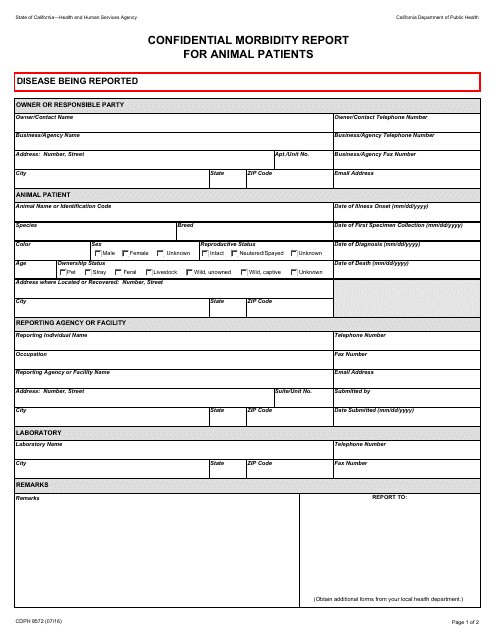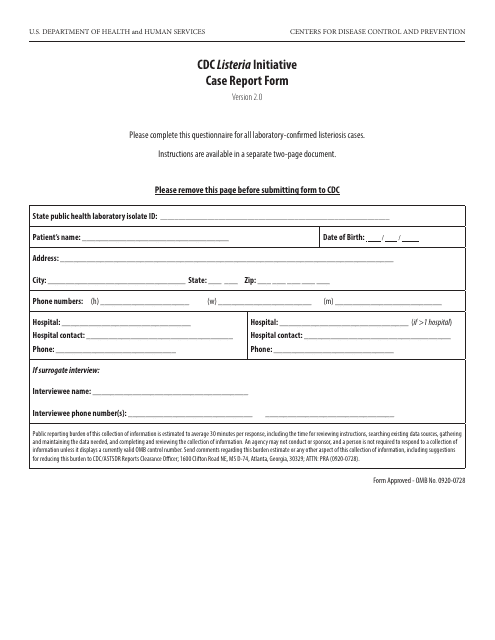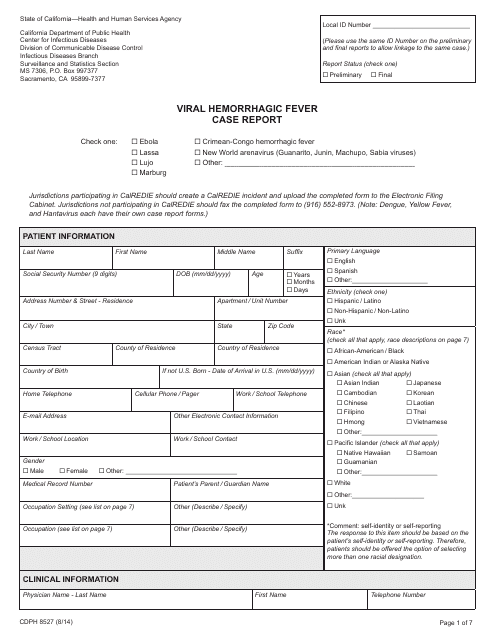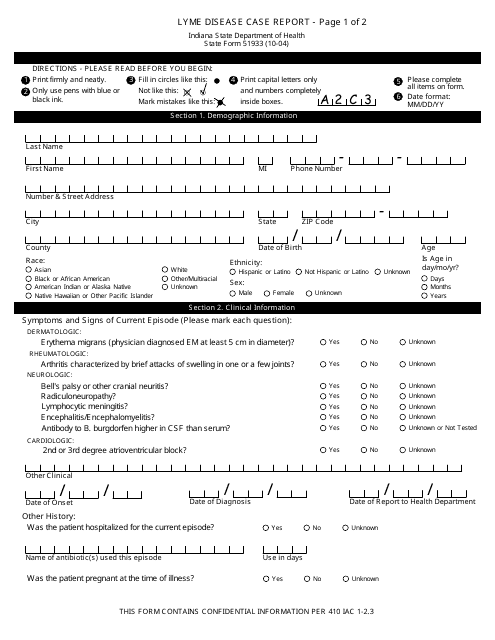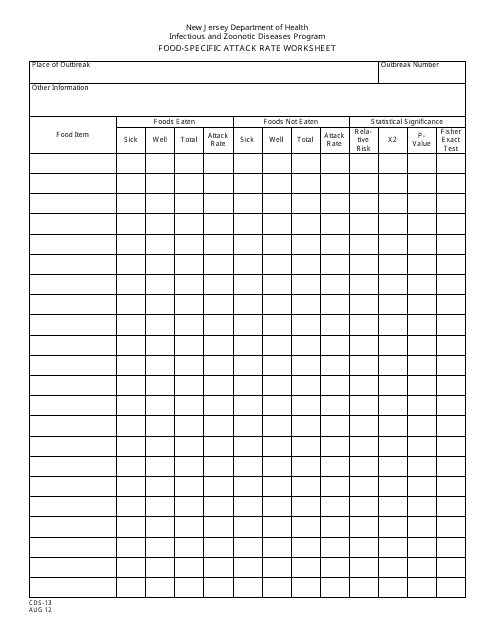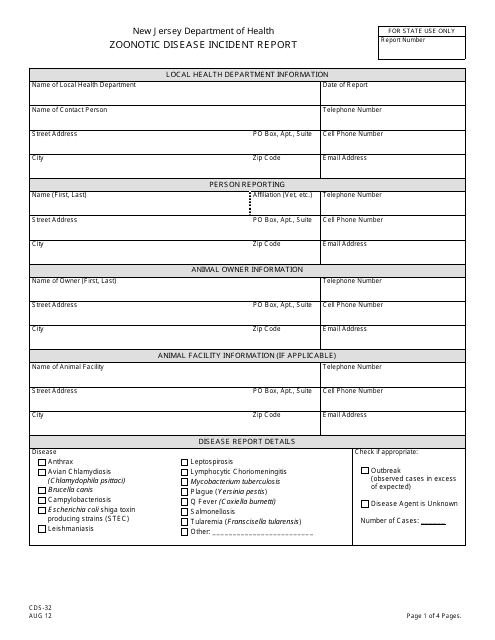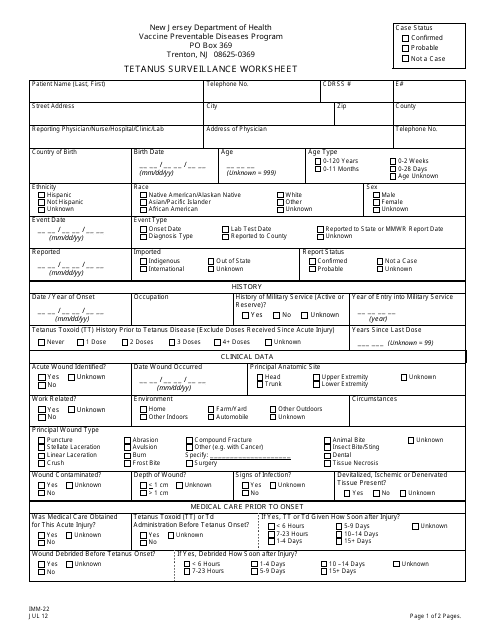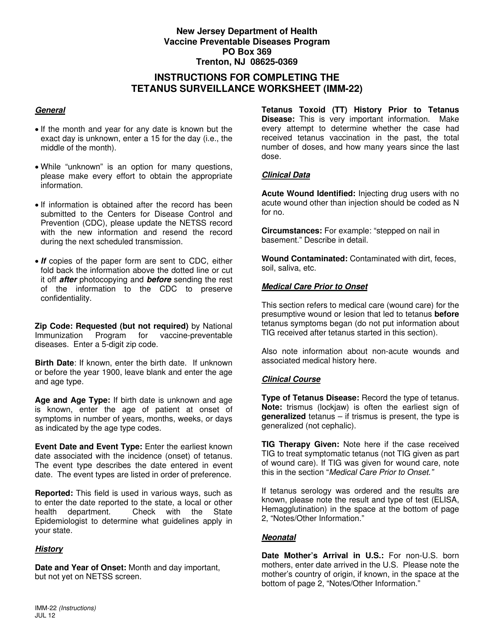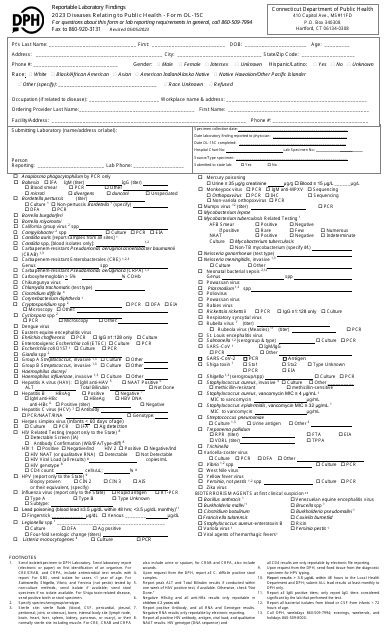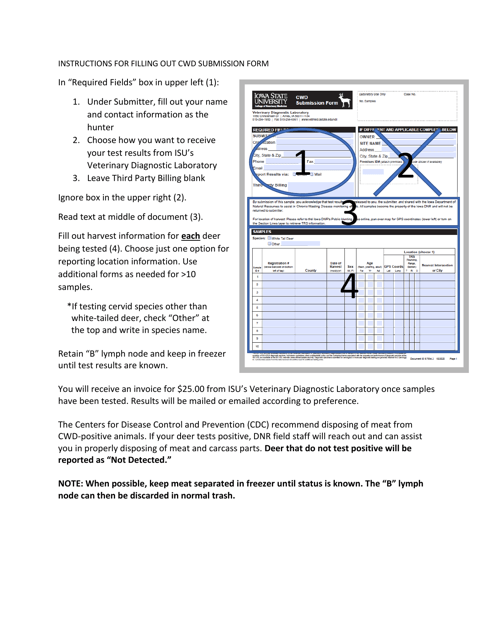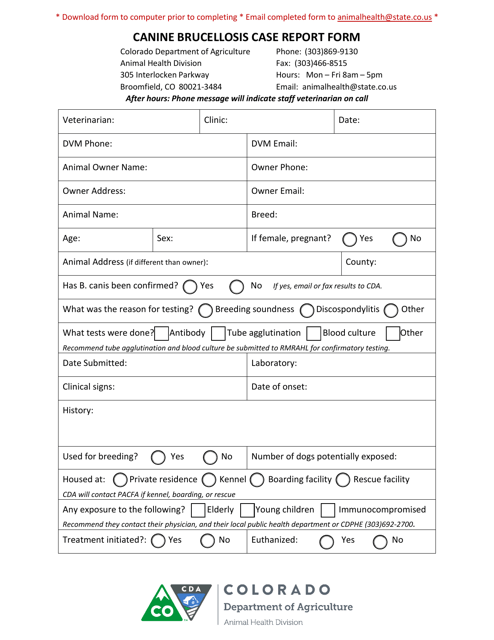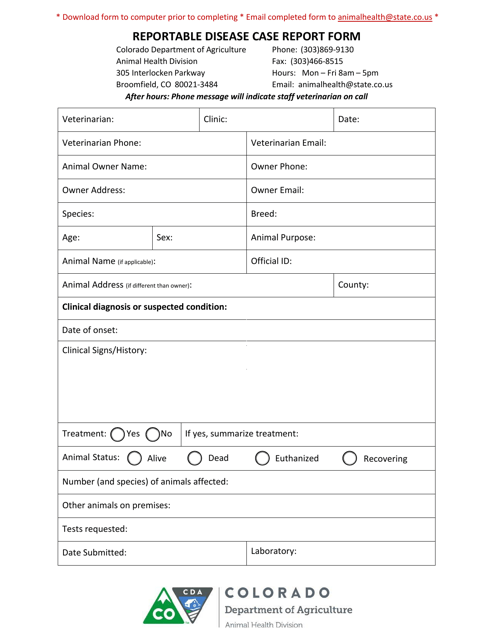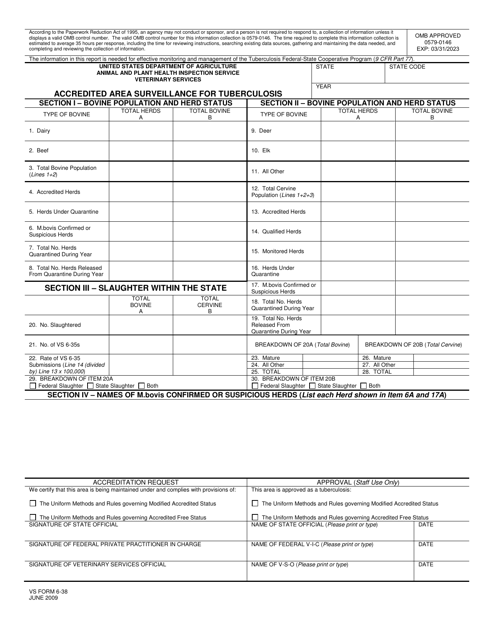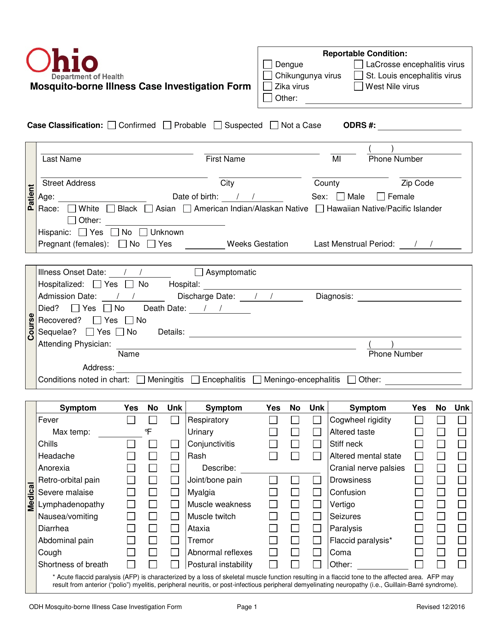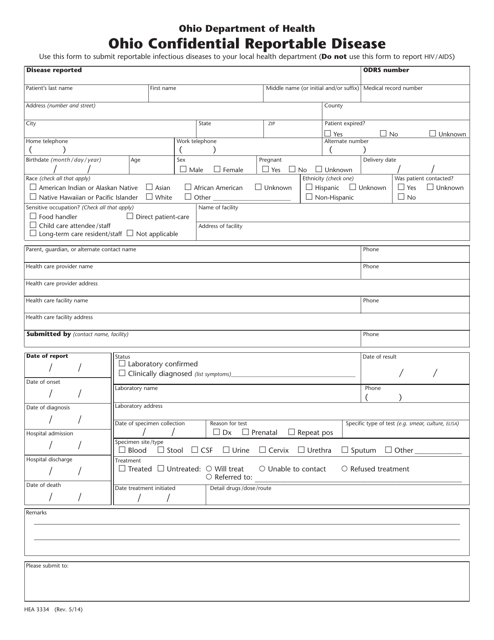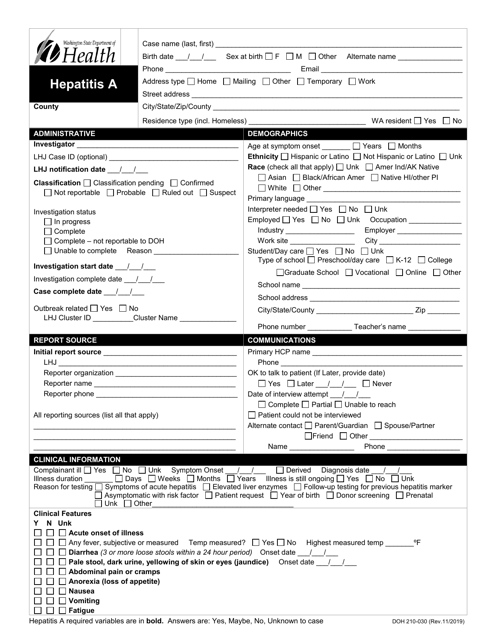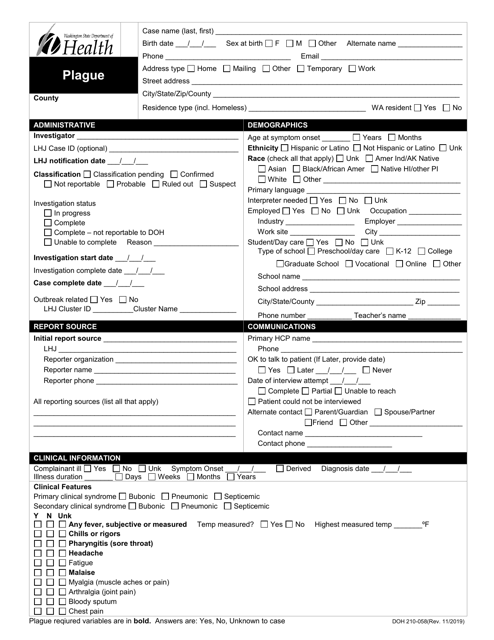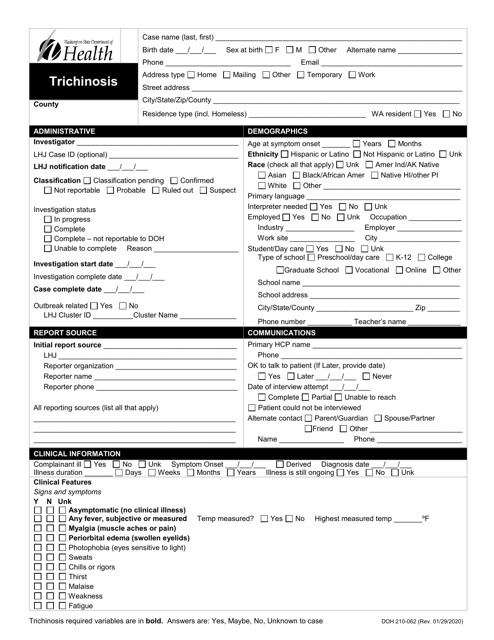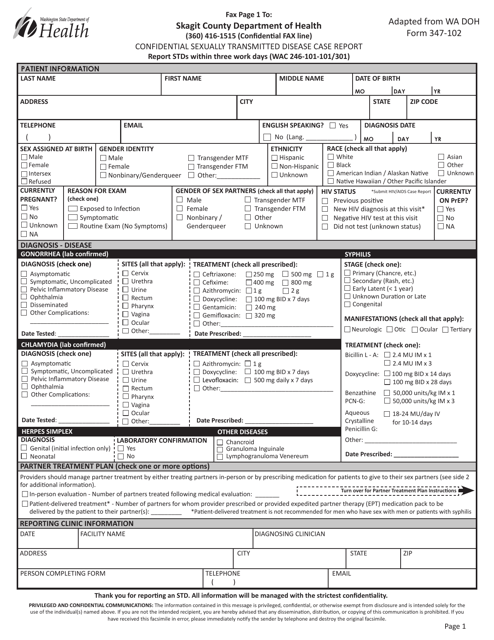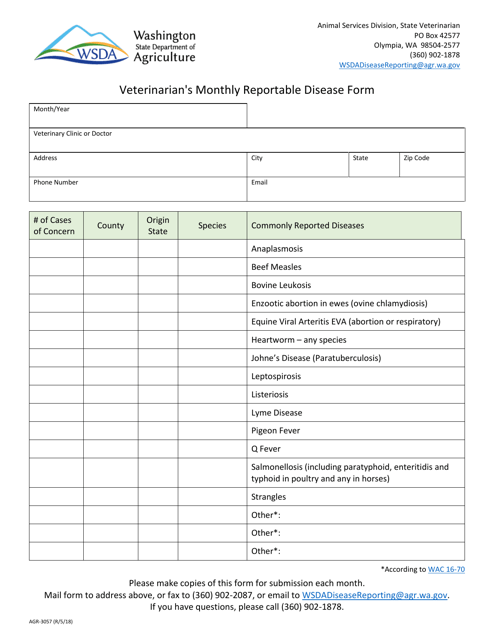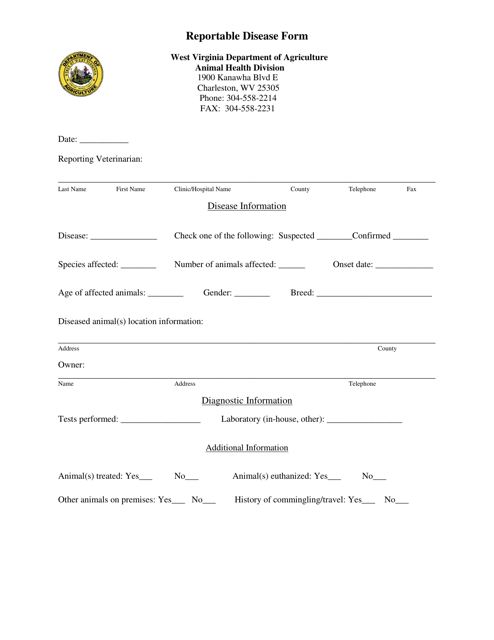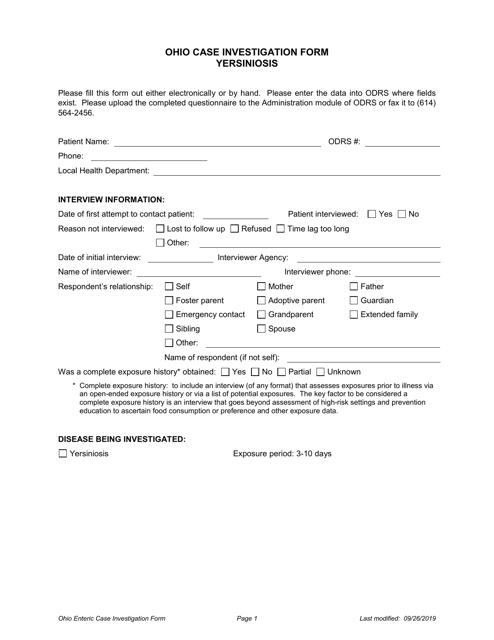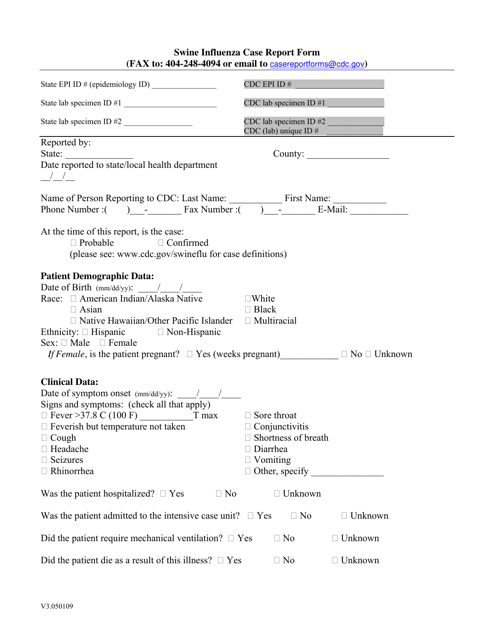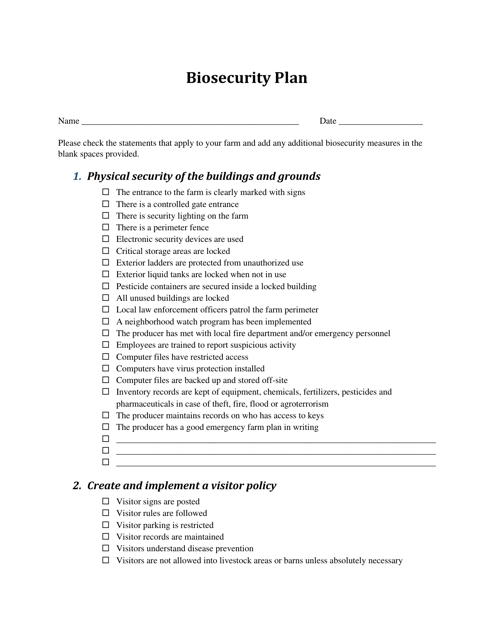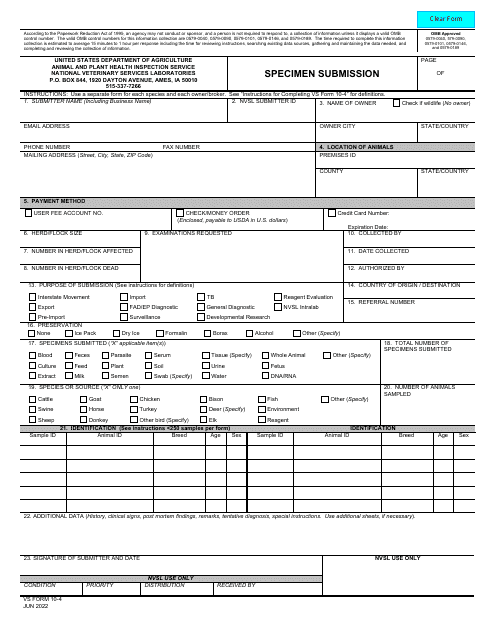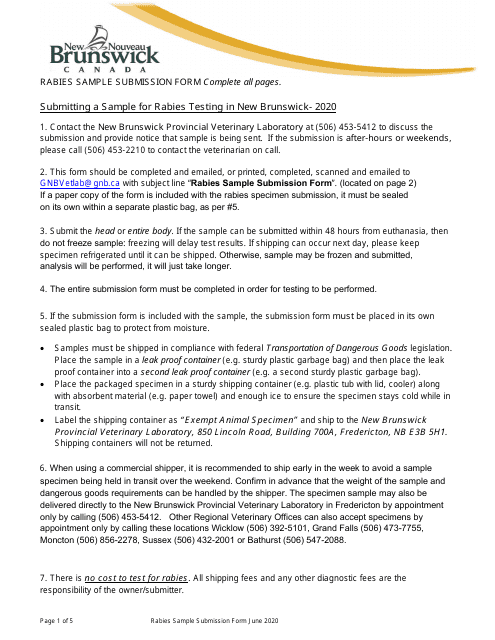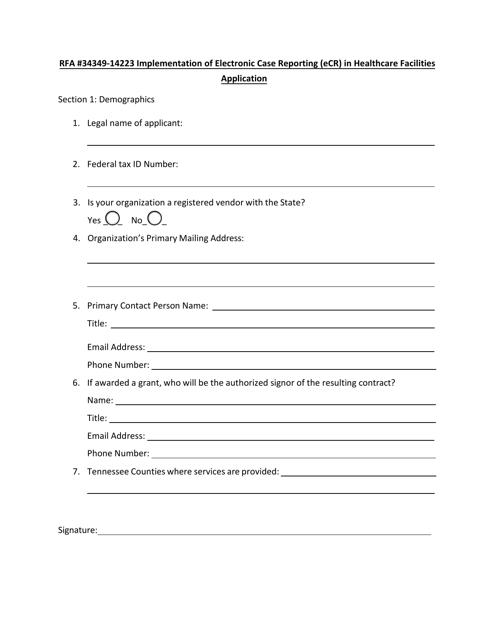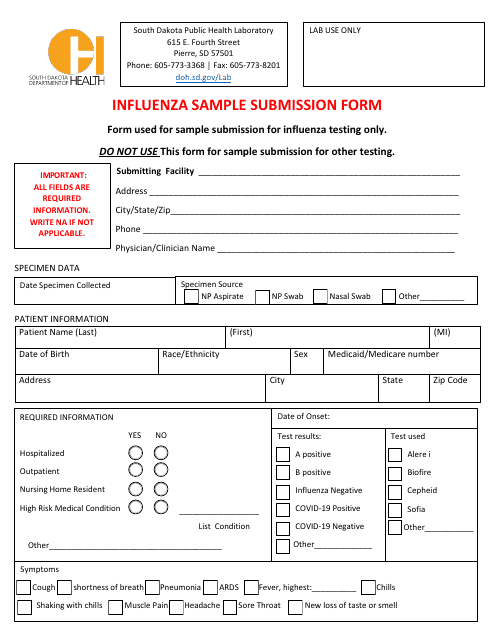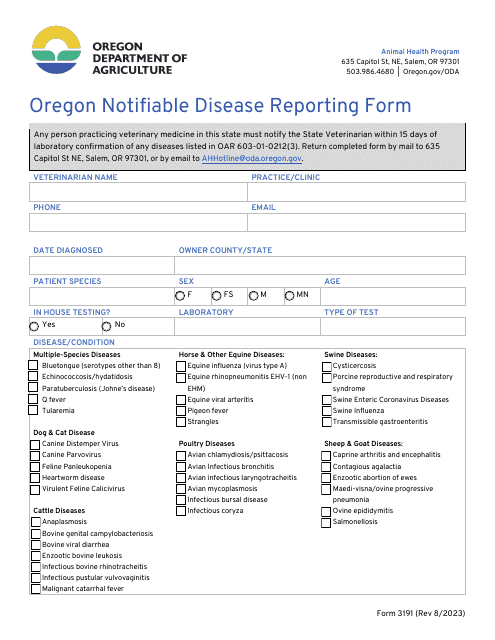Disease Surveillance Templates
Disease Surveillance: Tracking and Monitoring Public Health
In order to prevent the spread of infectious diseases and protect the health and well-being of the public, disease surveillance plays a crucial role. It involves systematic monitoring, tracking, and reporting of diseases to identify potential outbreaks, understand their patterns, and implement effective control measures. Our disease surveillance program utilizes various forms and reporting systems to collect essential data on a wide range of diseases, ensuring prompt identification and response.
Through our disease surveillance initiative, we strive to collaborate with healthcare providers, laboratories, and public health agencies to gather accurate and comprehensive information on infectious diseases. This enables us to detect and investigate outbreaks, monitor trends, and develop strategies to mitigate their impact on communities. By promptly reporting cases using specialized forms like the CDC Listeria Initiative Case Report Form, Form CDPH8527 Viral Hemorrhagic Fever Case Report, State Form 51933 Lyme Disease Case Report, ODH Form 295 Hepatitis Reporting Form, and DOH Form 210-030 Reporting Form for Hepatitis A, we can effectively track the prevalence and spread of diseases.
Our disease surveillance efforts extend beyond local borders, as we collaborate with other countries and international organizations to exchange information and enhance global health security. By sharing our findings and collaborating on research, we can collectively address emerging threats and develop effective prevention and control strategies.
At the forefront of disease surveillance, we are dedicated to protecting public health by tracking and monitoring infectious diseases. Our comprehensive approach, supported by rigorous data collection and analysis, enables us to swiftly respond to outbreaks and protect communities. Join us in our commitment to disease surveillance and together, we can safeguard the health of our communities and beyond.
Documents:
36
This form is used for reporting confidential health information of animal patients in California. It ensures the confidentiality of the information provided.
This form is used for reporting cases of Listeria infection as part of the CDC Listeria Initiative.
This form is used for reporting cases of viral hemorrhagic fever in California.
This Form is used for reporting cases of Lyme Disease in the state of Indiana.
This form is used for calculating the attack rate of food-specific incidents in New Jersey. It helps assess the impact of food-related illnesses in the state.
This document is used for reporting incidents of zoonotic diseases in the state of New Jersey. It helps collect important information about the disease and its impact on public health.
This form is used for tracking and monitoring cases of tetanus infections in New Jersey. It helps healthcare providers gather essential information to assess the prevalence and control measures for tetanus in the state.
This form is used for reporting cases of reportable diseases in Utah.
This Form is used for tracking tetanus cases in New Jersey. It is a surveillance worksheet that provides instructions for reporting and documenting information related to tetanus cases.
This document provides instructions for submitting a CWD (Chronic Wasting Disease) Submission Form in Iowa. It helps individuals understand how to properly complete and submit the form for testing deer or elk for the disease.
This Form is used for reporting cases of hepatitis in Oklahoma as per the requirements of the Oklahoma State Department of Health (OSDH).
This form is used for reporting cases of canine brucellosis in Colorado.
This document is used for reporting cases of reportable diseases in the state of Colorado.
This form is used for conducting accredited area surveillance for tuberculosis.
This Form is used for investigating cases of illness transmitted by mosquitoes in Ohio. The form helps gather information about suspected cases to determine the cause and prevent further spread of the illness.
This form is used for reporting confidential diseases in the state of Ohio.
This form is used for reporting cases of Hepatitis A in the state of Washington.
This form is used for reporting cases of cryptosporidiosis in the state of Washington.
This Form is used for reporting cases of cholera in the state of Washington.
This form is used for reporting cases of plague in Washington state.
This form is used for reporting cases of Trichinosis in the state of Washington.
This Form is used for reporting confidential cases of sexually transmitted diseases in Skagit County, Washington. It is important for tracking and monitoring public health.
This Form is used for veterinarians in Washington to report monthly diseases.
This form is used for reporting cases of reportable diseases in West Virginia. It helps health authorities track and monitor the spread of infectious diseases.
This document is used for conducting investigations related to Lyme Disease in Dutchess County, New York.
This form is used for investigating cases of yersiniosis in Ohio.
This document is used for reporting diseases in the state of Louisiana.
This document outlines a Biosecurity Plan for the state of Indiana. It includes strategies and protocols to prevent the spread of diseases or pests that could harm plants, animals, or humans.
This form is used for submitting samples of potentially rabid animals for testing in New Brunswick, Canada. It is important to follow the instructions provided to ensure the proper collection and submission of the sample. This is essential for the prevention and control of rabies in the province.
This document describes the implementation of Electronic Case Reporting (ECR) in healthcare facilities in Tennessee. ECR is a digital system used for reporting and monitoring cases of communicable diseases and other public health issues. It aims to improve the efficiency and accuracy of reporting, helping to identify and respond to outbreaks more effectively.

